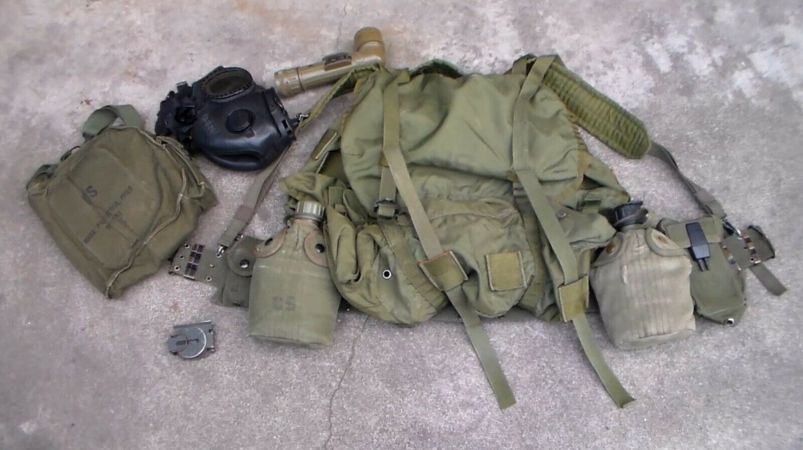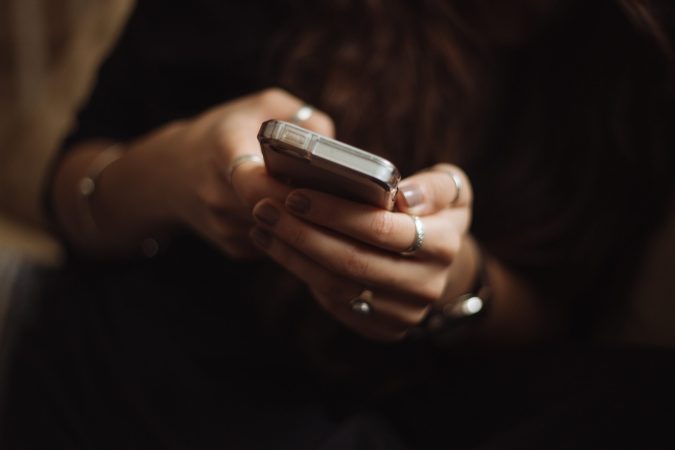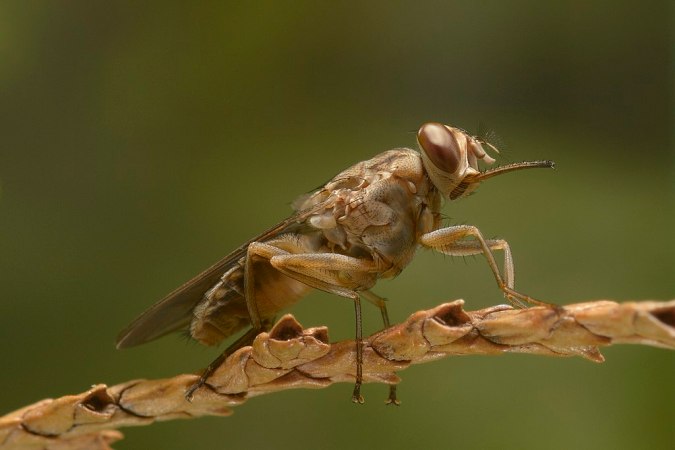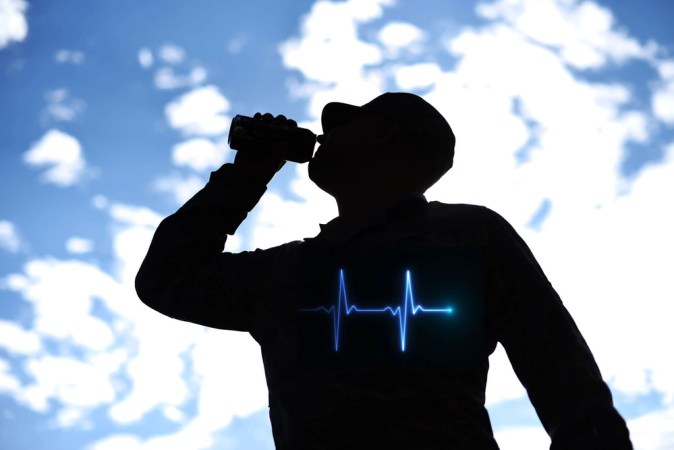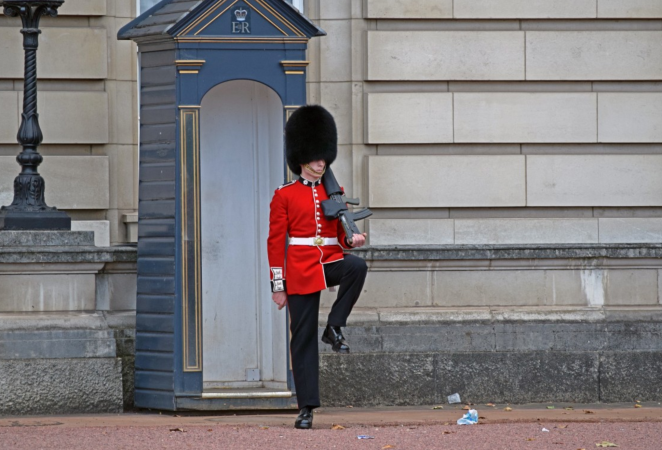The purpose of combat is to deny the enemy control an area by inflicting the largest loss of life possible. When a friendly troop is wounded on the battlefield, the first step in first aid is to remove the enemy through violence or repel them long enough to retrieve the Marine and bring them to safety. This is the primary reason why Corpsmen have a rifle – to protect their patient during Tactical Field Care. The best thing a Marine can do to immediately help a casualty is kill the aggressor.
An Individual First Aid Kit (IFAK) is to be used on yourself, not for others. Therefore, every troop is issued an IFAK and must wear them consistent with their battalion’s Standard Operating Procedures (SOPs). First Aid and Combat Life Saver drills are regularly trained in the infantry to the point where they can be done in the dark. Additional items can be added but these essentials cannot be taken out.
Marines across all ranks are trained in the use of these items, considerations and prevention of common mistakes when employing these medical devices. Certified training and practical application are supervised to prevent injury from improper use in training. So, if you are a civilian, do not just grab an IFAK and start practicing on your family.

Tourniquet
This typically applies to life threatening bleeding from an extremity. Amputations, severe lacerations, gunshot wounds can all be treated quickly and effectively using a tourniquet. This is the only medical treatment performed if there is still a threat present. If there is no threat present, junctional wounds can be packed with gauze or a hemostatic agent to control bleeding.
Craig Hall, Penn Tactical Solutions
According to the Combat Life Saving B151196 Student Handout at The Basic School, A tourniquet is applied two to four inches above the wound between the wound and the heart. When the constricting band applies pressure to the limb it will control the bleeding. Marines are trained to not tighten it to the point where it causes excessive damage to the limb. They will then mark the patient’s forehead with a “T,” time and date for each tourniquet applied.

Gloves
To help keep the wound clean and minimize contamination, gloves are provided in all IFAKs to be used by the person treating the owner of the IFAK.
Alcohol Pads
For sterilization and cleaning of an area.
Band-Aids
To treat minor wounds.
Tape
Used to secure other items provided in an IFAK.
Combat Gauze

When applied to a wound, causes the wound to develop a clot that will stop the flow of blood and will remain within the wound until removed by medical personnel…Combat Gauze is a 3×4 inch roll of sterile gauze that is impregnated with kaolin, which helps promote blood clotting…The combination of sterile gauze and proprietary inorganic material allows Combat Gauze to be non-allergenic.
Field Medical Training Battalion, Camp Pendleton, CA, Combat Lifesaver/Tactical Combat Casualty Care Student Handout
Back in 2009 when I first entered the fleet, IFAKs contained Quickclot, which was used to heat seal open wounds in conjunction with bandages. I remember my Corpsman saying that it caused additional problems during surgery for the casualty. The controversial use of Quickclot also brought up chemical concerns. By 2010, Quickclot was phased out and Combat Gauze was used to stop the bleeding by packing a wound with as many as needed to create a clot. Combat Gauze can also be used to make a pressure dressing.
Triangular Bandage
A Triangular Bandage can be used as a sling or improvised as a tourniquet. It can be adapted to be used as the Combat Life Saver Handout states “The only limitations are on the CLS’s (Combat Life Saver) imagination.”
Water ‘Jel’
Used to treat burn injuries
‘H’ Bandage
The H bandage is used to treat bleeding wounds and abdominal wounds. It has a bigger pad and a longer dressing to be able to wrap around the patient. It has a H shaped clasp to allow better cinching to provide pressure, thus the name.
Iodine
Used for cleaning and water purification.
Additional supplies not provided in an IFAK:
Tampons
You read that right. Corpsman are known to carry around tampons because they are really good at absorbing blood. The first time a Marine sees a Corpsman pull one out there is usually a giggle. That is, until the Corpsman tells said Marine it’s for bullet wounds. No more giggles.
Feature image: U.S. Marine Corps/ Sgt. Justin Huffy





